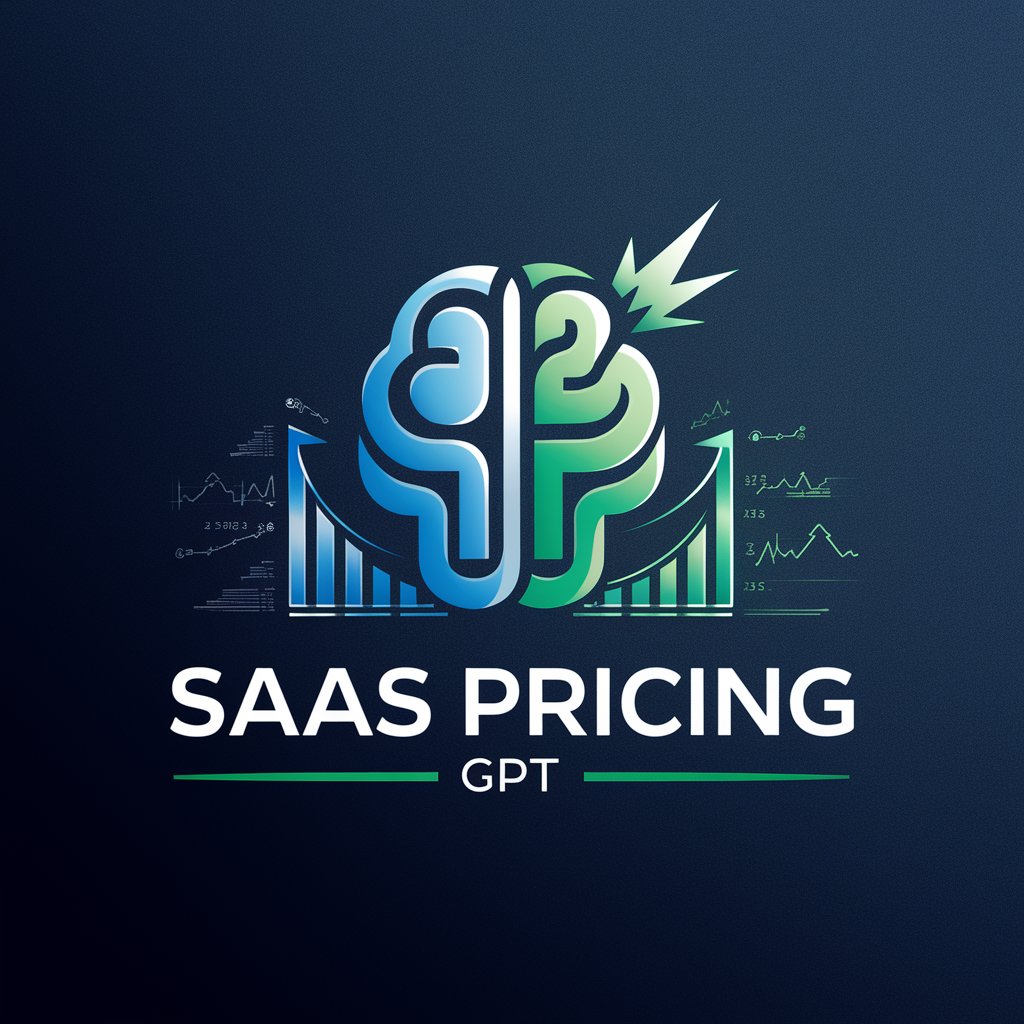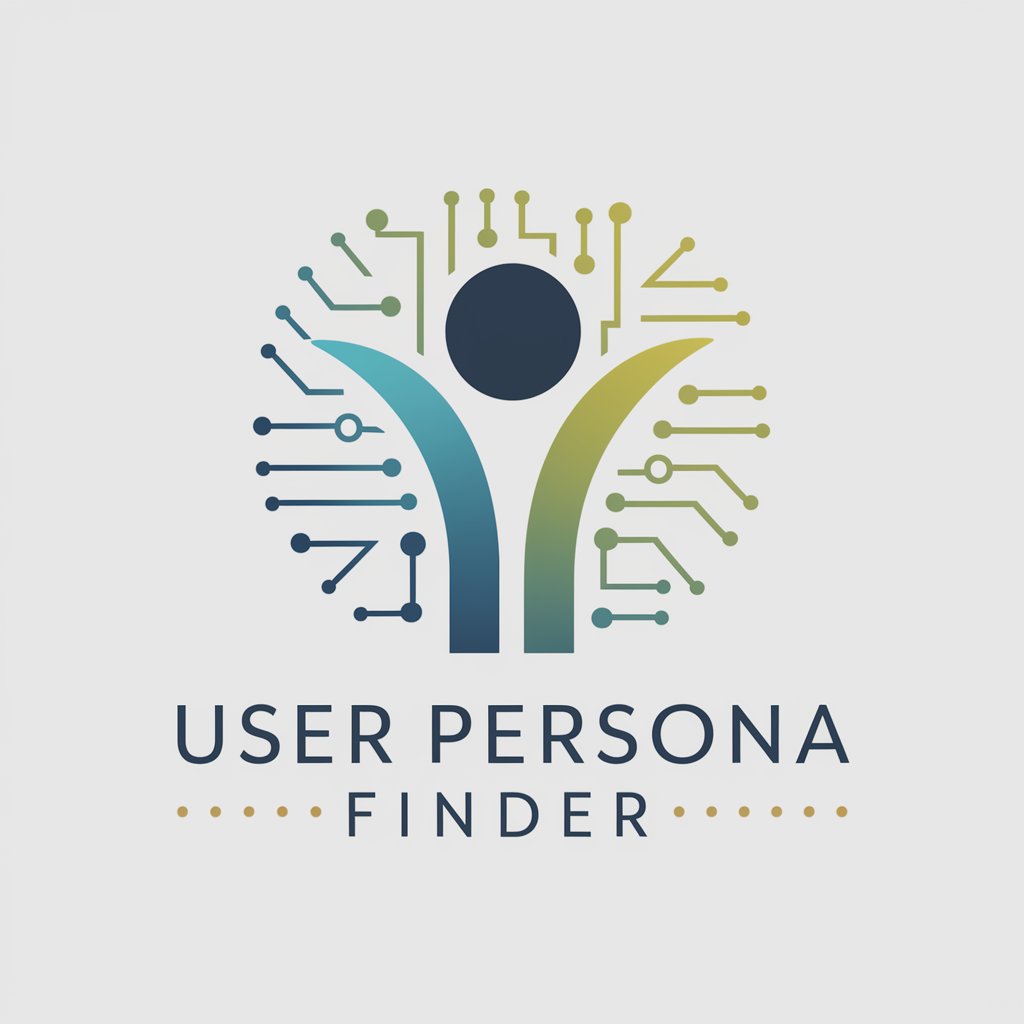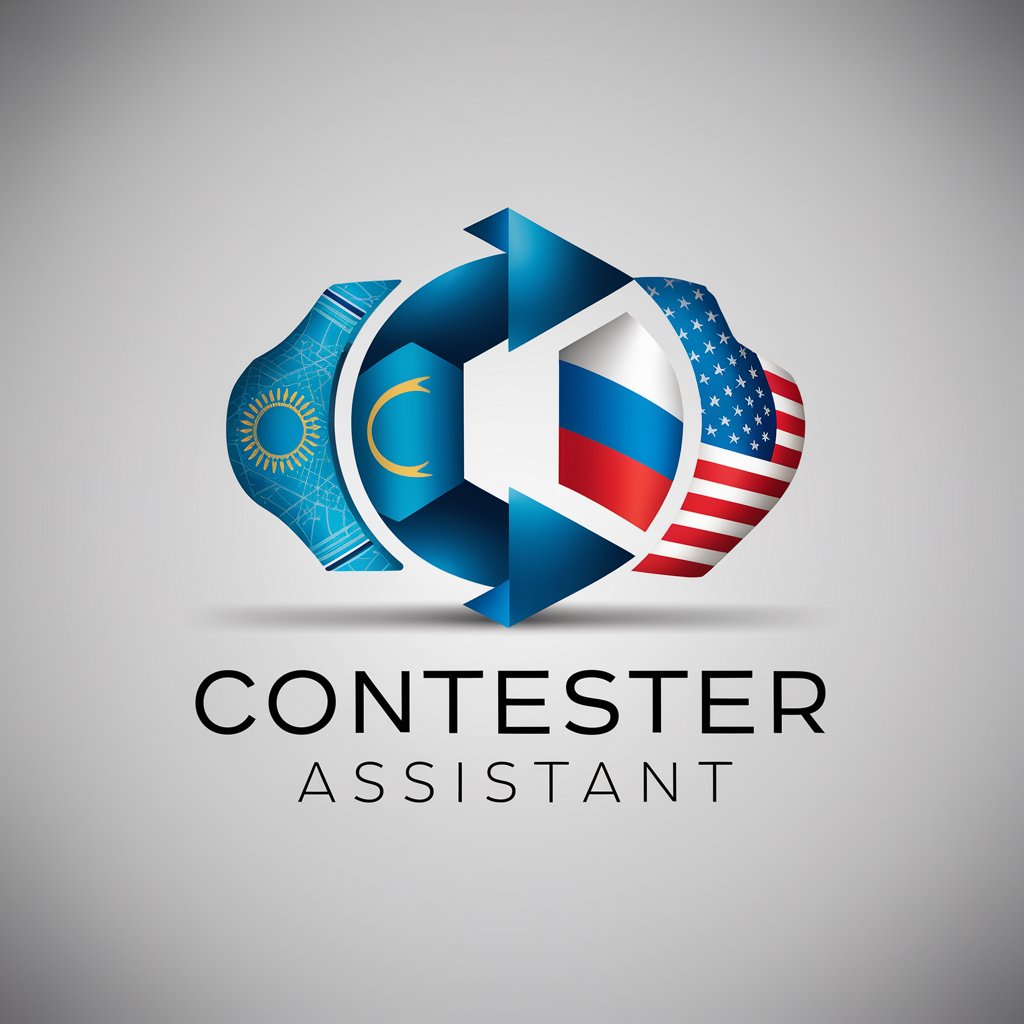Saas Pricing - Trial to Subscription Journey

Welcome! Let's master your SaaS pricing strategy.
Optimize your SaaS experience with scalable pricing
How can I optimize my SaaS pricing model?
What are the best practices for setting SaaS product prices?
Can you provide a case study on successful SaaS pricing strategies?
What factors should I consider when deciding on a pricing metric for my SaaS product?
Get Embed Code
Introduction to SaaS Pricing
SaaS Pricing is an evolving field that requires a strategic approach to maximize revenue and customer value. From the seed stage through IPO, pricing a SaaS product is both an art and a science, involving deep understanding of customer value, market dynamics, and competitive landscape. Companies like x.ai and Meetup have demonstrated success by thoughtfully approaching their pricing strategies, ensuring their products are differentiated and correctly valued in the market. The journey involves constant iteration, moving from simple cost-plus models to more sophisticated value-based pricing, and adapting strategies as the company grows and the product evolves. Powered by ChatGPT-4o。

Main Functions of SaaS Pricing
Value Metric Identification
Example
Determining whether to charge based on per-user, usage, or another metric, like Slack's decision to incorporate message archiving limits to incentivize upgrades.
Scenario
A SaaS startup needs to decide how to charge for their collaborative tool, considering either a per-user model or a usage-based metric to align with perceived customer value.
Packaging Strategy Development
Example
Creating Good/Better/Best tiers to cater to different customer segments with varying needs and willingness to pay, as seen in HubSpot's evolution of pricing pages.
Scenario
An expanding SaaS company wants to restructure its offerings to better meet the diverse needs of its growing customer base, aiming to drive upsells and improve customer satisfaction.
Competitive Strategy and Positioning
Example
Leveraging pricing transparency and simplicity to stand out in a crowded market, akin to InsideSales.com's shift to public pricing.
Scenario
A SaaS firm competing in a highly saturated market looks to differentiate itself by simplifying its pricing model and making it accessible online, thereby improving lead qualification.
Ideal Users of SaaS Pricing Services
Startup and Seed Stage Companies
Early-stage companies struggling with initial pricing decisions can benefit from SaaS Pricing by establishing a value-based pricing model that supports sustainable growth.
Expansion and Growth Stage Companies
Companies looking to optimize and iterate on their pricing models to better capture market share and increase revenue can leverage advanced pricing strategies and competitive analysis.

Guidelines for Using SaaS Pricing
Initiate a Free Trial
Start by visiting yeschat.ai to activate a free trial without needing to login. This also eliminates the necessity for a ChatGPT Plus subscription.
Explore Features
Explore the full range of features available during the trial period to understand the value proposition and how it can cater to your specific needs.
Evaluate Value Metric
Consider how the service's pricing model aligns with your business's value metric, ensuring the cost correlates with the value received.
Engage with Support
Utilize customer support or knowledge base resources to get answers to any questions or guidance on maximizing the tool's potential.
Decide on Subscription
Based on the trial experience, assess the ROI and decide whether to subscribe. Consider factors like pricing flexibility and package options that suit your business scale and usage.
Try other advanced and practical GPTs
User Persona Finder (Psychographics +Demographics)
Empowering insights, AI-driven personas

Fictional Name Gen
Discover names with AI-powered etymology.

London DataGPT
Unlocking London's Data Secrets with AI

DemoSent AI
Harness AI for Deep Sentiment Insights

Prompt Cookers GPT
Empower Your Creativity and Solve Complex Challenges

EnergizerGPT
Activate and unify your team with AI-powered activities.

Amendator
Empowering road safety and legal clarity with AI.

Contester Assistant
AI-powered coding contest assistant

Plantar Fasciitis
AI-Powered Plantar Fasciitis Care

Picjazzler
Transform Your Attire into a Masterpiece

Earring Hype!
Transforming earring style with AI precision.

Asic Miner Market
Empowering your mining journey with AI.

Detailed Q&A about SaaS Pricing
How does SaaS pricing adapt to business growth?
SaaS pricing models are designed to scale with your business. As your usage or customer base grows, you can move to higher-tier plans that offer more features, higher limits, or better support, ensuring the pricing aligns with the value provided.
What makes a good value metric for SaaS pricing?
A good value metric directly correlates with the customer's perceived value of the service. It should be easy to understand, align with how customers use and derive value from the service, and scale logically with usage or business growth.
How can businesses test the effectiveness of their SaaS pricing strategy?
Businesses can test pricing strategies through A/B testing, customer feedback, competitive analysis, and market research. Regularly reviewing metrics like customer acquisition cost, churn rate, and lifetime value can also provide insights into pricing effectiveness.
Can SaaS pricing be customized for each customer?
While many SaaS providers offer standard packages, there's a growing trend towards customized pricing. This involves negotiating prices based on specific customer needs, usage forecasts, and value delivered, allowing for more flexibility and alignment with customer value.
What are the challenges of implementing a freemium model in SaaS?
Implementing a freemium model can be challenging due to the difficulty in converting free users to paying customers, the potential for free users to consume resources without generating revenue, and the need to balance feature availability to incentivize upgrades.
